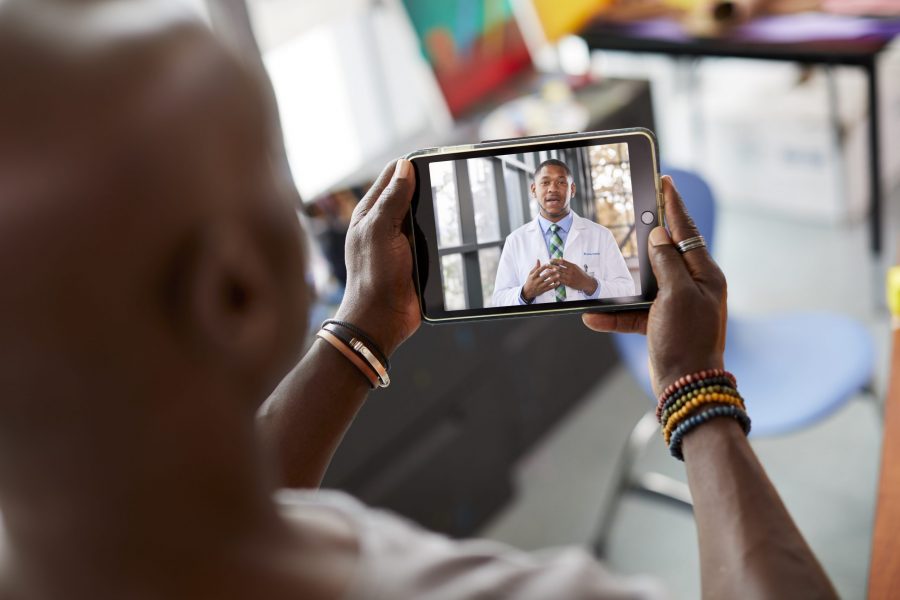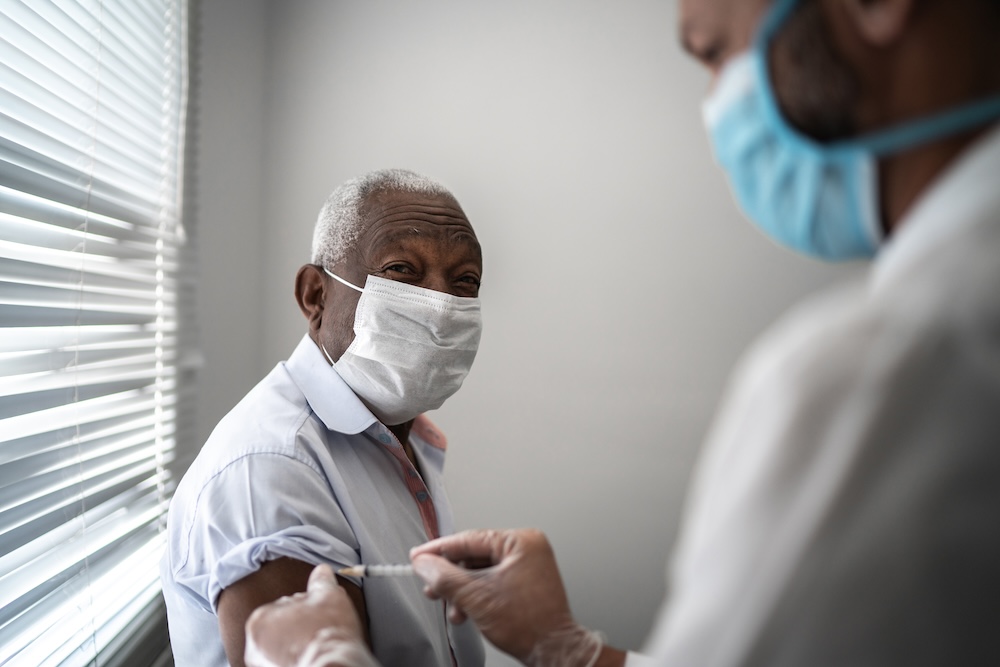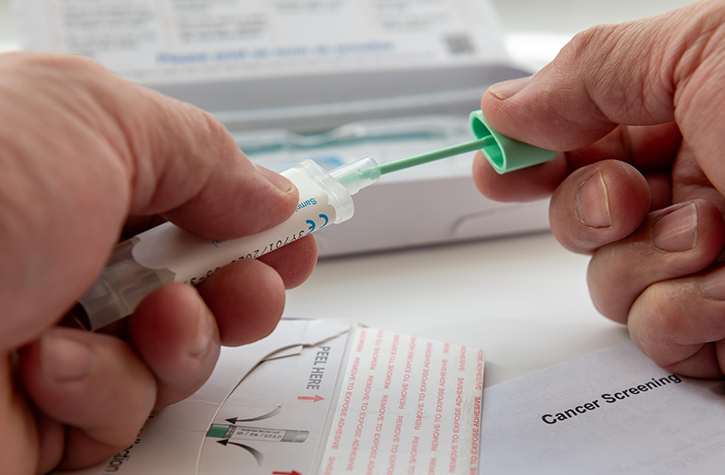May 4, 2020
A new research paper explains how Kaiser Permanente Northern California (KPNC) quickly ramped up its existing telehealth oncology program at the onset of the COVID-19 pandemic.
The editorial, titled “Telehealth in Oncology During the COVID19 Outbreak: Bringing the house call back virtually,” offers insights for medical centers and health systems throughout the U.S. facing similar challenges. It was published online May 4 in the journal JCO Oncology Practice.
“Cancer patients are especially vulnerable to COVID-19 infection,” said senior author Tatjana Kolevska, a medical oncologist and hematologist at The Permanente Medical Group. “Studies from China and South Korea reveal the risk of complications in these patients can be 5 to 8 times higher than the general population. It was important to us to publish this paper as fast as possible to show the opportunities telehealth provides to the cancer community to keep people sheltered at home.”
KP Northern California began to integrate telehealth into patient medical care more than 10 years ago. It drew on this experience to expand its oncology telemedicine program. Prior to the COVID-19 pandemic, about 15 percent of its oncology appointments were offered by telemedicine. Within a week of instituting new social distancing policies, clinicians had moved 95 percent of their oncology care to phone or video appointments.
“Because we are an integrated health care system, and because we had an established IT infrastructure that has already focused on telehealth for years, we could implement telehealth rapidly in response to the pandemic in a way that could create a seamless experience for our patients,” said first author Raymond Liu, MD, a medical oncologist and hematologist at The Permanente Medical Group.
The new publication provides a scaffolding for individual doctors and health care systems looking to start or expand their telehealth oncology care. Many are expected to do so in the wake of the Centers for Medicare & Medicaid Services announcement in March that policy changes would permit medical providers and health systems to bill for a wide range of telehealth appointments.
“The whole world is struggling with and working through how to care for patients virtually when trying to social distance,” said co-author Mary E. Reed, a research scientist at the Kaiser Permanente Northern California Division of Research. “It always helps to hear someone else’s strategies, what considerations went into the strategies, and how it played out. The lessons we learned are clinically urgent now for cancer patients.”
The authors explain that many key points of the patient-provider interaction can be successfully transitioned to a virtual setting, including appointments where oncologists might tell patients that they have cancer or that their tumor has stopped responding to treatment.
“Before COVID-19, we felt it was important for oncology patients to be seen in person when we had to have difficult conversations,” said Dr. Kolevska. In virtual appointments, oncologists have found they can use good eye contact and attention to how patients physically react to offer support despite the distance.
Dr. Kolevska said patients also benefit from physicians being able to share their screens to discuss recent scans or their lab results. In addition, family members from anywhere in the world can be conferenced in to learn about their loved one’s diagnosis and how best to support them.
Telehealth can also successfully be used to offer follow-up on treatment visits, sub-specialty visits, management of underlying health problems, and second opinion consultations. Supportive care, including support groups, smoking cessation programs, nutrition consultations, social work appointments, and integrative medicine can also be done virtually.
The authors believe the experiences patients and physicians are having now with telemedicine will permanently change cancer care. “I’d recommend oncology care clinicians begin building their infrastructure to manage the demand for telehealth care as soon as they can, because this is the direction that medicine is heading,” Dr. Liu said. “Patients are getting accustomed to the convenience and flexibility provided by telehealth care, and they are likely going to expect to continue utilizing those services even after the pandemic is over.”
No funding was received for this publication.
Co-authors also include Tilak Sundaresan, MD, of The Permanente Medical Group; and Julia R. Trosman, PhD, and Christine B. Weldon, MBA, of the Northwestern University Feinberg School of Medicine.






